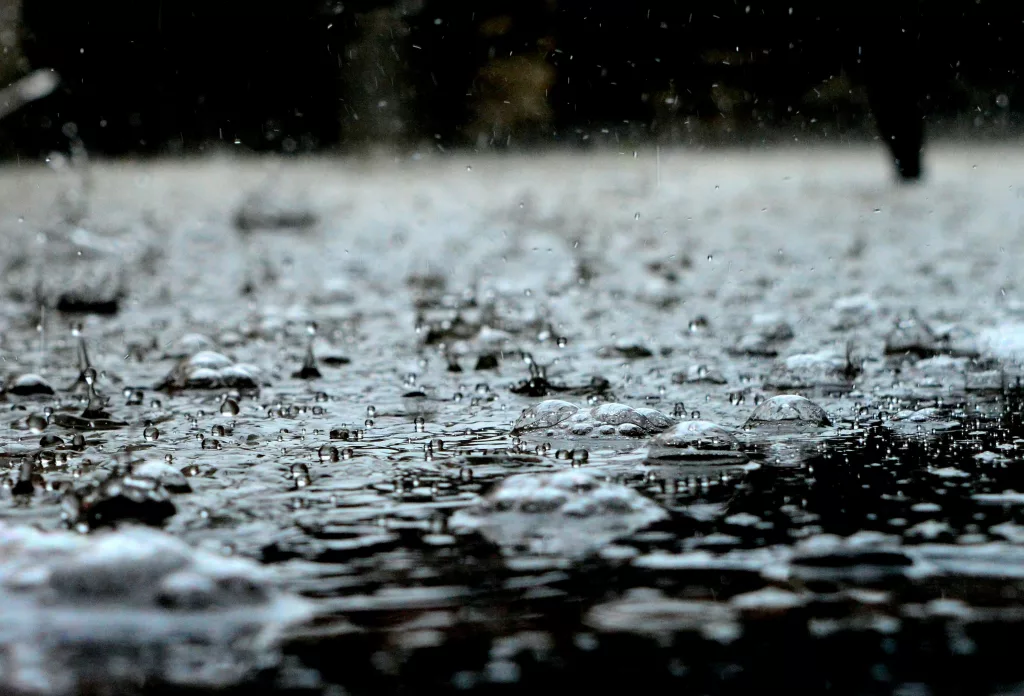Have you ever noticed that raindrops can be different sized? From tiny little droplets falling as a mist to the large loud drops that smack into your car from a thunderstorm. Why and how do raindrops vary that much in size? Although it can be way more complicated to explain it comes down to two things. The first being the condensation nuclei and the second being coalescence.
Let’s touch on the nuclei first. Clouds are composed of water condensation but what is water condensing onto to form a cloud? To get a cloud you need moisture and nuclei or aerosol for that water to attach itself to. These nuclei or aerosols are just some particles that the water can grab onto. Particles can vary from sea salt, or a spec of dust and range in size. But these new tiny water droplets that form from these particles are too small/light to fall back down to the ground. We will see this phenomenon as clouds floating in the sky. These tiny tiny droplets are usually between 1-50 micrometers or .0001-.005 centimeters. The larger the particle the more water that can attach to it.
Now as these clouds grow from either freely rising upwards (thunderstorms/updrafts) or forced, more and more of these particles will collide with one another and become larger drops eventually becoming heavy enough to fall out of the cloud. Sometimes winds and falling patterns can cause these falling drops to bump into each other or push the droplets back into the cloud continuing to grow and grow (when it’s cold enough aloft in a thunderstorm this is the process to create hail). When droplets and raindrops collide with each other it’s referred to as coalescence. This doesn’t always happen and you can get fairly uniform rain, especially in stratiform rain which is a form of precipitation that is relatively steady and uniform in intensity.
In a Thunderstorm small raindrops generally ranging from .2-2 mm are usually found around the edges and atop the storm cloud. As the drops fall into the center they become larger as they collide with other droplets, eventually falling to the bottom of the cloud upwards of 4-8 mm wide (depending on the size and strength of a storm). Rain droplets range in size from .2 – 8 mm. However, drops that are larger than 4-5 mm wide will often split apart becoming two or more drops as they fall toward the ground due to their interaction with the air. The typical raindrop is only 2 millimeters wide.
Coalescence can happen with wet snowflakes also called snow aggregates. These are the really big puff-ball snows we occasionally get.
Meteorologist,
Justin Storm





